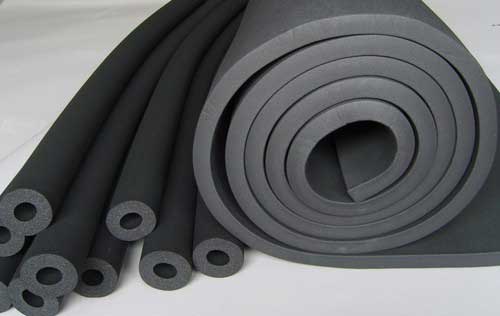When choosing Thermal insulation for presses, you should consider its service temperature, and the maximum temperature material will perform reliably in a long-term application. Although manufacturers define this property differently, most presses operate between 275 and 450 degrees Fahrenheit. To ensure optimal performance, look for insulation with a service temperature 25 percent higher than the mold operating temperature. This will prolong the life of the press and help keep its interior cool.
Compressive strength is one of the most important factors in choosing the right material for high-temperature thermal insulation. Generally, insulation materials are made of two types, organic and inorganic. The former is harder, more resistant to thermal stress, and has less tendency to crack. However, the latter is subject to decreasing thermal stability over time and reduced life with increasing temperature. Another critical feature for selecting thermal insulation for presses is dimensional stability under continuous thermal load. This is the temperature at which material shrinks by one percent over five thousand hours.
Thermo impact insulation is another type of heat-resistant composite insulating material. This material provides a layer between the die and the press body. It minimizes heat transfer from the die to the press body, resulting in a significant amount of Energy Savings. Moreover, “Thermo Impact” insulation offers high mechanical strength and good insulation properties. So, look no further if you’re looking for high-quality thermal insulation for presses.
Heat-resistant heat insulation systems are one of the most effective ways to reduce energy costs. Thermal insulation materials from Glastherm(r) are easy to install and require little maintenance. They feature high dimensional stability and electrical resistance and are ideal for applications where continuous operating temperatures are low. Unlike other materials, thermal insulation for presses helps reduce operating temperatures and energy consumption, which means faster warm-up and fewer machine downtimes.
NanoPore thermal insulation is made up of a proprietary blend of nanoporous powders that have superior insulation characteristics. Its low density and high surface area provide exceptional thermal performance, and NanoPore can also be custom-made and manufactured for specific application requirements. When selecting thermal insulation for presses, consider how you’ll use it. Consider how it could benefit your business. Prime Tech is a great provider of thermal insulator at cheap prices. You could consider buying thermal insulation for presses or investing in custom-designed vacuum insulation panels.
Another option for thermal insulation for presses is recycled paper. Recycled newsprint, for instance, is an environmentally-friendly material for pressing machines. The fibers comprise approximately 75-85% recycled paper, with an additional 15% made of a fire retardant. Because these materials contain little oxygen, they minimize fire damage. They also pack tightly, preventing moisture from penetrating the insulation. Its R-value is between R-3.1 and R-3.7.
While phenolic foamed-in-place insulation uses air to foam the material, this insulation is less common today. Insulation facings are affixed to the insulation materials during the manufacturing process. These facings provide an air and vapor barrier and facilitate the fastening of the insulation to building components. Some facings also serve as radiant and air barriers, and some even serve as flame resistance.
Polyurethane foam is another option for thermal insulation for presses. The material has a low-conductivity gas that is injected between two wood skins. Polyurethane panels are 3.5 to 7.5 inches thick. They’re more expensive than foam boards but perform better than EPS. They also contain non-HCFC gas, which makes them a safer option. And since they’re not as flammable as foam boards, polyurethane insulation is a safer alternative.












Discussion about this post